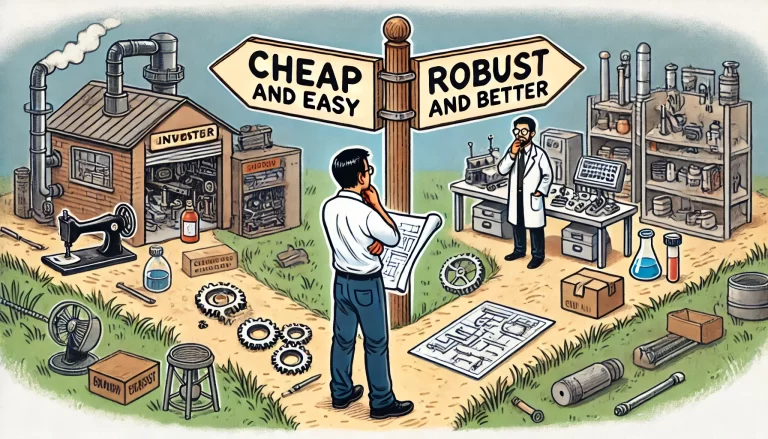Crafting a Compelling Patent Application: Selling Your Invention from Paper to Patent
Introduction: Your Application is Your Sales Pitch
As a patent attorney who’s been in the trenches for years, I can tell you that a patent application is more than just a legal document—it’s your invention’s sales pitch. You’re not just describing your creation; you’re selling it to the patent examiner and, potentially, to every future reader of your patent. Let’s walk through how to make your application not just technically sound, but truly persuasive.
The Art of Problem-Solution Framing
Defining the Problem: Set the Stage
Before you dive into the details of your invention, you need to paint a vivid picture of the problem you’re solving. This is your “once upon a time” moment—make it count!
- Clearly articulate the existing problem or need in the field.
- Explain why current solutions fall short.
- Help the reader feel the pain point you’re addressing.
Introducing Your Solution: Be the Hero
Now that you’ve set the stage, it’s time to introduce your invention as the hero of the story. This is where you need to shine a spotlight on what makes your solution special.
- Briefly outline how your invention solves the problem.
- Highlight the key features that make it unique.
- Emphasize the benefits and improvements which flow from those unique features and enable the solution to the problem.
Remember, you’re not just listing features—you’re showcasing how your invention changes the game.
Selling Through Structure: Crafting Your Application
The Specification: Your Invention’s Biography
Think of the specification as your invention’s life story. It needs to be compelling from start to finish.
Background: Setting the Scene
Use this section to really drive home the problem. Paint a picture of a world crying out for your solution.
Summary: The Elevator Pitch
This is your chance to give a high-level overview that gets the reader excited about your invention. Hit the key points:
- What does your invention do?
- How does it solve the problem?
- What makes it better than existing solutions?
Keep it clear, concise, and compelling. Think of it as your invention’s elevator pitch.
Detailed Description: Showing Off Your Invention
Here’s where you get into the nitty-gritty, but remember—you’re still selling! For each feature you describe:
- Explain what it does.
- Show how it contributes to solving the problem.
- Highlight why it’s novel and non-obvious.
Use clear language and concrete examples.
The Claims: Defining Your Invention’s Boundaries
Your claims are like the fence around your intellectual property. But they’re also a key part of your sales pitch. Each claim should:
- Clearly define a key aspect of your invention.
- Highlight what makes it novel and non-obvious.
- Tie back to the problem it’s solving.
Start broad with your independent claims, then narrow down with dependent claims. This creates layers of protection while showcasing different aspects of your invention.
The Drawings: A Picture Sells a Thousand Words
Good drawings can make a huge difference in how well your invention is understood and appreciated. They should:
- Clearly illustrate each key feature.
- Show how the parts work together to solve the problem.
- Include views that highlight novel aspects.
Putting It All Together: Consistency is Key
As you craft each part of your application, make sure they all work together to tell a cohesive story:
- The problem should be clear in the background and reflected in the claims.
- The novel features should be consistent across the summary, description, and claims.
- The drawings should visually reinforce what’s described in the text.
Think of your application as a persuasive essay, with each part building on the others to make a compelling case for your invention.
Final Thoughts: Selling Beyond the Examiner
Remember, your patent application isn’t just for the examiner—it’s for anyone who might read your patent in the future. This could include:
- Potential investors or buyers of your technology
- Competitors trying to understand your invention
- Lawyers who might be assessing your patent’s strength
A well-crafted application that clearly defines the problem and showcases your novel solution doesn’t just help you get a patent—it enhances the value of that patent for years to come.
Conclusion: Your Invention Deserves a Great Sales Pitch
Drafting a patent application is a challenge, but it’s also an opportunity. It’s your chance to show the world why your invention matters. By clearly defining the problem, showcasing your novel solution, and tying it all together in a compelling narrative, you’re not just seeking legal protection—you’re selling your vision of a better future.
Remember, every great invention solves a problem. Your job is to make sure everyone who reads your patent application understands exactly what that problem is and why your solution is the one the world has been waiting for. Now go forth and sell your invention—on paper first, and then to the world!


